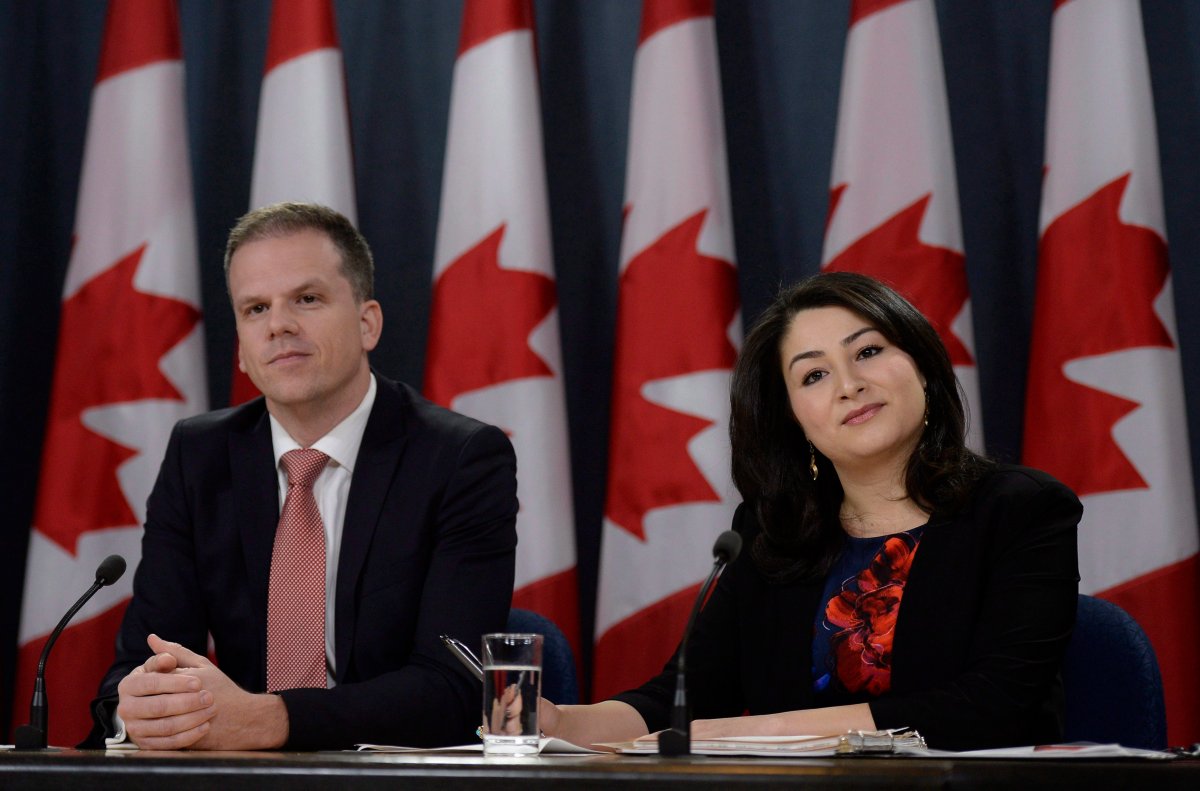An all-party committee has recommended that the federal government design a new electoral system and put it to the public in a national referendum.

READ MORE: Canada should hold referendum on electoral reform – Election committee
The new system would be a form of proportional representation. Although the details would have to be determined by the government, this voting system comes in two main flavours and it’s likely that whatever is proposed would resemble one of them.
One way proportional representation works is a voter casts a ballot for a party, as opposed to voting for a prospective MP under a party banner, as the current system prescribes.
Once all the votes are counted, parties are awarded a number of seats in proportion to the percentage of votes each received.
A form of this type of proportional representation is used in Sweden, though parties must receive at least four per cent of the vote to get a seat in the national legislature. There are currently eight political parties represented in the Swedish parliament. Coalitions and alliances between different parties are common.
However, the Special Committee on Electoral Reform recommended that Canada not adopt this model as “such systems sever the connection between voters and their MP.”
- Norad looking to NATO to help detect threats over the Arctic, chief says
- Alberta to overhaul municipal rules to include sweeping new powers, municipal political parties
- Canada, U.S., U.K. lay additional sanctions on Iran over attack on Israel
- Trudeau says ‘good luck’ to Saskatchewan premier in carbon price spat

The second model, called “mixed-member proportional representation” is more complicated. This is a hybrid system that combines the above with some single-member ridings. Several years ago, Elections Ontario proposed the province adopt this system, but it didn’t pass a referendum.
As described by the electoral body, the system would allow voters to cast one ballot for a candidate in their riding and a second ballot for their preferred party. The first vote determines, more or less, who sits in the legislature based on the second ballot which determines how many seats the party will fill.
In the end, if a party ends up with fewer seats than it should have based on its overall popularity, they would get some “top up” members from an already established party list.
Germany’s national elections work like this. Candidates who win in a regional district get a seat in the Bundestag, which ensures some regional representation, and more seats are allocated according to a party’s share of the vote — provided they get at least five per cent of the vote or three direct constituency seats. Unlike in Canada, German elections are often followed by coalition negotiations, because individual parties don’t generally get a majority of seats in the election.

Proponents of proportional representation say that it’s fairer than the existing first-past-the-post system. If a party gets 25 per cent of the votes, it would get 25 per cent of the seats.
If we apply that rule to Canada’s last federal election, we’d end up with significantly different results.
Right now, the party standings are:
Liberals: 182
Conservatives: 97
NDP: 44
Bloc Quebecois: 10
Green Party: 1
If each party had the number of seats that corresponded directly to its share of the popular vote — the simplest form of proportional representation — smaller parties with broad national support would benefit. It would look more like this:
Liberals: 134
Conservatives: 108
NDP: 67
Bloc Quebecois: 16
Green Party: 11
Other: 2
We can’t know yet what electoral system will be proposed, and whether it will gain support from the Canadian public, but it’s possible that future elections and election results could look quite different under proportional representation.
— With files from Amy Minsky


Comments